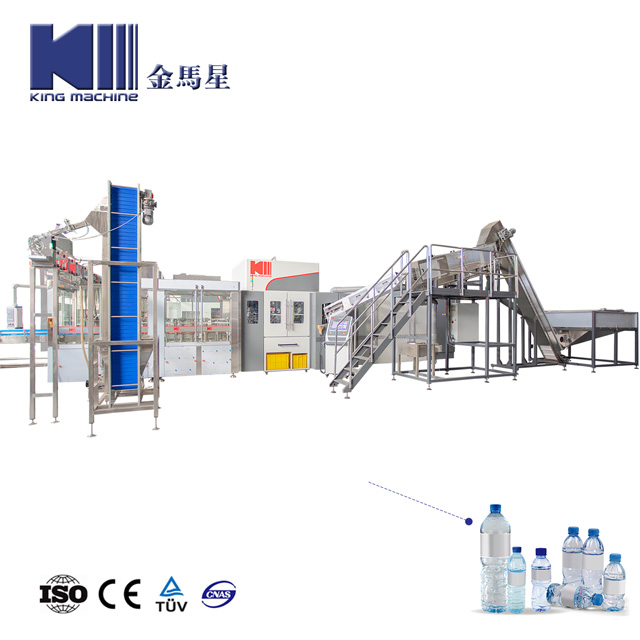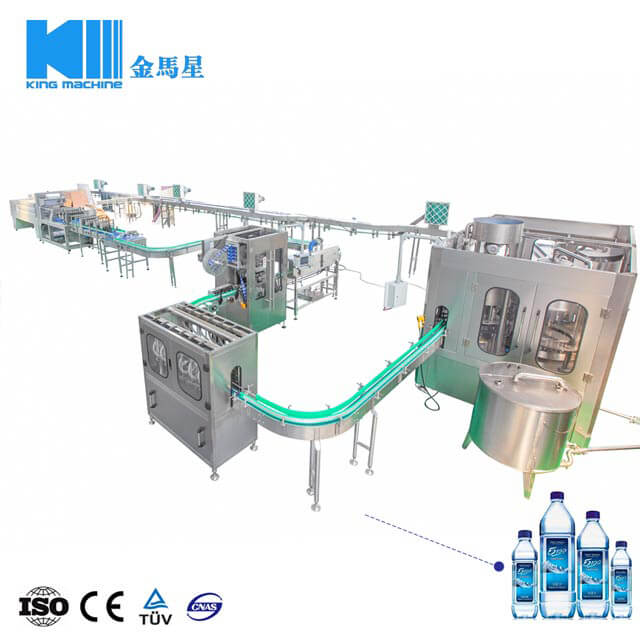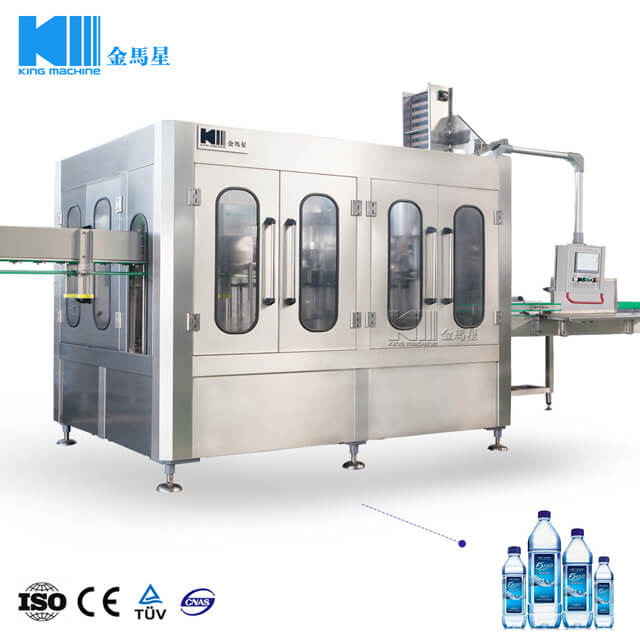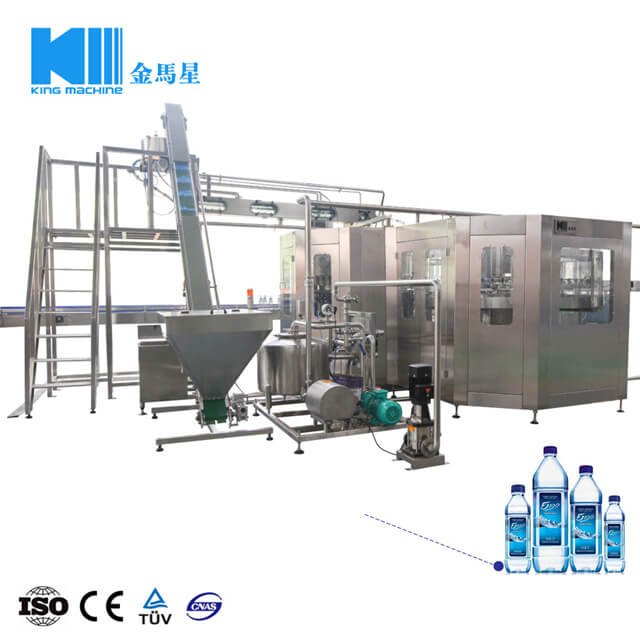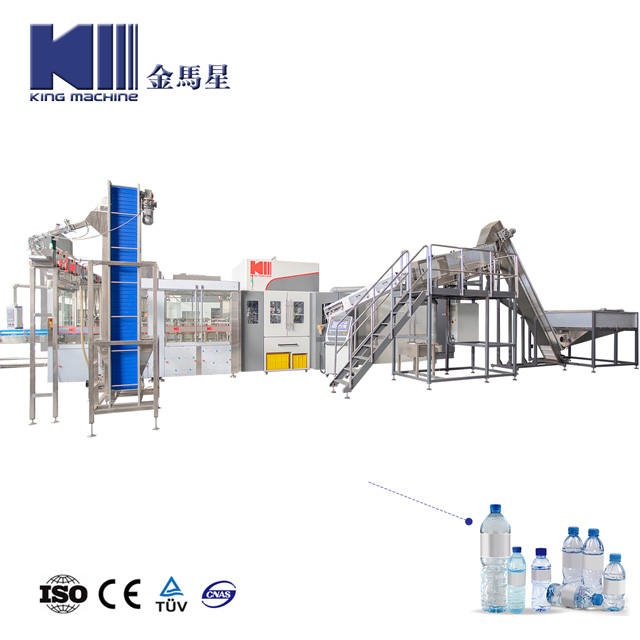
In today’s highly competitive beverage industry, downtime is one of the biggest challenges facing water filling manufacturers. Even a few minutes of halted production can lead to thousands of lost bottles, missed delivery deadlines, and significant financial losses. Reducing downtime isn’t just about fixing machines faster — it’s about building a smarter, more reliable production system that runs efficiently from start to finish.
This article explores the main causes of downtime in water filling production and provides practical strategies to minimize it, ensuring your plant operates at peak performance.
1. Understanding Downtime in Water Filling Lines
Downtime refers to any period when production stops or slows due to equipment malfunction, maintenance, product changeovers, or human error. It can be planned (such as regular maintenance or cleaning) or unplanned (like a sudden pump failure or software issue).
In water filling operations, where production runs continuously to meet demand, even short stoppages can impact daily output and overall equipment effectiveness (OEE). Understanding the causes of downtime is the first step toward preventing it.
2. Common Causes of Downtime in Water Filling Production
Mechanical Failures
Mechanical issues are among the most common causes of unplanned downtime. Faulty filling valves, damaged conveyors, misaligned capping heads, or malfunctioning pumps can halt production instantly. Most of these failures stem from wear and tear or inadequate maintenance schedules.
Human Error
Improper setup, operator inexperience, or missed inspection procedures can lead to avoidable stoppages. For example, incorrect bottle alignment during filling can cause jams, forcing operators to pause the line for manual correction.
Supply Chain Interruptions
Running out of essential materials like preforms, caps, or shrink labels can disrupt production flow. Poor inventory planning or supplier delays often lead to idle machines waiting for components.
Utility and Power Issues
Inconsistent air pressure, voltage fluctuations, or water supply interruptions can cause sensor malfunctions or system shutdowns. These external factors are sometimes overlooked but have a big impact on uptime.
Changeovers and Cleaning
Frequent product or bottle size changes require cleaning, calibration, and mechanical adjustments. Without optimized changeover procedures, this planned downtime can consume excessive time and labor.
3. The Impact of Downtime on Efficiency and Profitability
Downtime directly reduces OEE (Overall Equipment Effectiveness) — a key performance metric in manufacturing. Every minute of stoppage lowers productivity and raises unit costs.
In addition to lower output, downtime often results in:
Increased labor costs due to idle operators.
Wasted materials when products on the line must be discarded.
Delayed shipments, hurting customer trust.
Quality issues caused by unstable restarts or incomplete cleaning.
Minimizing downtime ensures consistent quality, stable output, and lower operational costs.
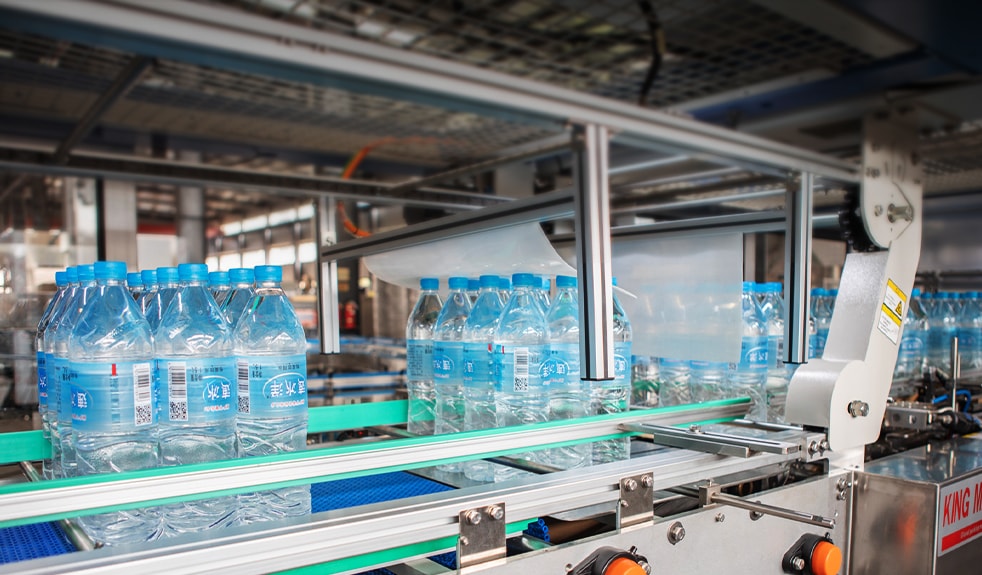
4. Preventive Maintenance: The First Step to Reducing Downtime
Preventive maintenance is the foundation of uptime reliability. Rather than waiting for a breakdown, maintenance teams should perform scheduled inspections, lubrication, and calibration to keep machines in top condition.
Key maintenance actions for water filling lines include:
Regular cleaning of filling valves and nozzles to prevent contamination.
Checking seals, bearings, and gaskets for wear and replacing them proactively.
Calibrating flow meters and sensors to ensure accurate filling volumes.
Monitoring pump pressure and temperature to detect early signs of malfunction.
Many modern water filling machines integrate predictive maintenance systems that use sensors to collect performance data. When temperature, vibration, or pressure deviates from normal parameters, the system automatically alerts operators, allowing issues to be fixed before a breakdown occurs.
5. Operator Training and Standard Operating Procedures (SOPs)
Even the most advanced production line can’t perform efficiently without skilled operators. Proper training and standardized procedures are essential for minimizing downtime caused by human error.
Operators should be trained to:
Recognize early warning signs of machine trouble.
Follow standardized startup and shutdown protocols.
Respond quickly and safely to alarms or faults.
Perform minor adjustments and cleanings without external assistance.
Establishing SOPs (Standard Operating Procedures) ensures consistency. For example, a detailed checklist for daily inspections, cleaning routines, and changeovers helps prevent mistakes and maintains production discipline across shifts.
6. Invest in Automation and Smart Monitoring Systems
Automation plays a major role in reducing downtime by improving accuracy and consistency across production steps. Modern automated water filling lines use programmable logic controllers (PLCs) and sensor-based monitoring to synchronize every process — from bottle feeding to labeling and capping.
Benefits of Automation:
Real-time diagnostics: The system can detect performance drops or anomalies instantly.
Reduced human intervention: Fewer manual operations mean fewer chances for error.
Faster changeovers: Automated adjustments minimize setup time between runs.
Predictive analytics: Smart systems forecast potential failures based on data trends.
Integrating technologies like IoT (Internet of Things) and SCADA (Supervisory Control and Data Acquisition) allows manufacturers to visualize machine performance, energy use, and downtime causes in real-time. This enables informed decisions that improve efficiency and reliability.
7. Optimize Production Scheduling and Changeovers
Changeovers are a necessary part of multi-product operations but can be optimized to save time. Inefficient scheduling often leads to frequent line stops for cleaning or setup.
Best practices include:
Grouping similar products (same bottle type or size) to reduce changeover frequency.
Implementing quick-change tooling systems to simplify mechanical adjustments.
Pre-staging materials and components before the current batch ends.
Digitally tracking changeover performance to identify improvement opportunities.
Shorter and smoother changeovers mean less planned downtime and higher daily output.
8. Spare Parts Management and Inventory Control
One often overlooked source of downtime is waiting for spare parts. When a small component like a valve or sensor fails, production can be halted for hours or even days if replacements aren’t available.
To avoid this, factories should:
Maintain an on-site inventory of high-risk, fast-wearing parts.
Establish reorder points to automatically restock critical items.
Partner with reliable suppliers for fast delivery and technical support.
Using a digital inventory system also helps track parts usage, forecast demand, and prevent stockouts that lead to extended downtime.
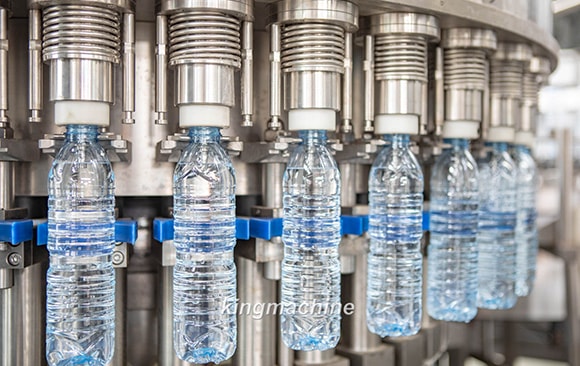
9. Partnering with Reliable Equipment Suppliers
Choosing the right water filling machine supplier plays a major role in reducing downtime. Equipment designed for easy maintenance, durable performance, and fast troubleshooting will always outperform low-quality alternatives.
A reliable partner provides:
Advanced automation systems that minimize manual intervention.
Quick access to spare parts and after-sales support.
Customized water filling solutions to match your production requirements.
Conclusion
Reducing downtime in water filling production isn’t achieved overnight — it’s a continuous process that combines good maintenance practices, automation, skilled operators, and strong supplier partnerships. By addressing mechanical, operational, and planning inefficiencies, manufacturers can maximize uptime, increase throughput, and ensure consistent product quality.
A well-optimized production line not only enhances profitability but also builds customer trust through timely delivery and stable performance.
For companies seeking advanced, reliable, and efficient water filling solutions, King Machine offers complete systems designed to minimize downtime and maximize productivity. With decades of expertise in the PET plastic packaging industry, King Machine integrates preform feeding, blowing, labeling, filling, and capping into a single intelligent system — providing continuous performance optimization and unmatched operational efficiency.


